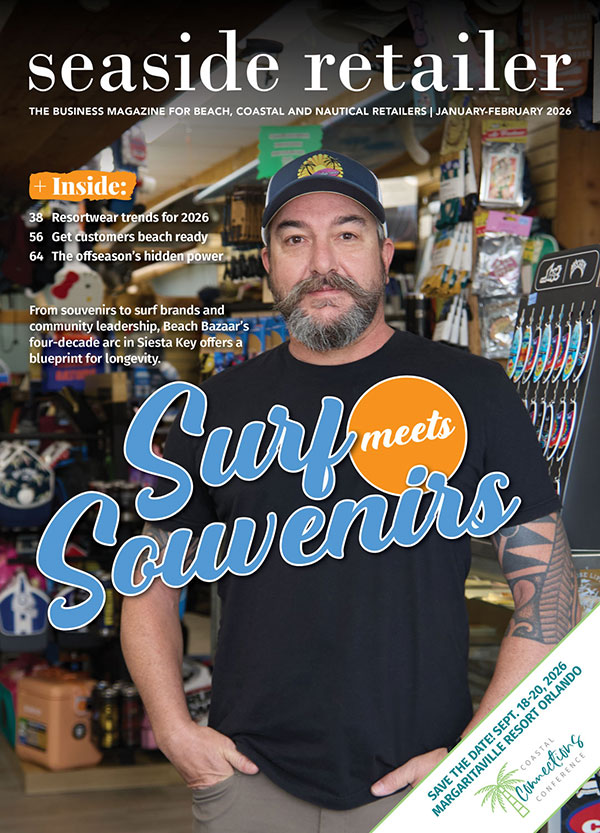
Shopping is supposed to be easy. As the baby boomers move into their 60s and 70s, their physical requirements are changing. I count myself as part of the boomers (albeit at the tail end of that group, of course) and now find myself holding an item several inches away just to read its label.
When did lighting levels change? When did crouching down to look for my size become a symphony of grunts and groans? Did stores lower their shelves, putting them even closer to the ground?
What’s with aisles? Did I become wider, or have stores narrowed their aisles? That must be it.
Breathe in, stretch and breathe out. Now, forward fold. Good. A warm-up routine is necessary before any serious shopping.
I marvel at stores that in addition to making it hard for me to find the item I’m looking for, make it even harder for me to buy it once I’ve found it.
Considering that most purchasing decisions are made in the store, retailers must give careful thought to how they present their merchandise. Most people will pick items that are displayed between eye and waist levels. The standard for merchandising products is for small items to be displayed between eye and arm level, medium items at waist level, and large items down lower but at least a foot off the floor.
However, when displaying several sizes of one product, this method will probably result in fewer of the large-size items being sold. Therefore, why not put all three sizes in one shelf? That way, shoppers can easily pick the size they want.
For clothing, why not try placing the large shirts on the top shelf and the small ones on the bottom instead of the other way around? Doesn’t this make sense, since large shoppers often find it harder to crouch down low?
I recommend you shop your own store and experience for yourself where you can make it easier for customers.
"Considering that most purchasing decisions are made in the store, retailers must give careful thought to how they present their merchandise."
A client of mine in Houston owns an experiential retail business where customers select plain items then personalize them by painting them.
Her selling space was scattered throughout the studio. Some items were on the far wall, some on the opposite side. This was not an easy space to shop. In fact, it took shoppers quite some time to even figure out which pieces they were interested in since it required them to walk the entire studio.
By creating one large display cluster and grouping her products by theme, we made it much easier to shop. We added display space up high to provide customers with an idea of the items housed within each unit.
Second, we grouped medium-size items just below the displays, followed by small items between eye and waist level and large pieces on the lower shelves.
The only exception was items that target children, which we placed within their reach.
All this re-arranging of layout, fixtures, product groupings and displays was successful. In the four-month period following the redesign, sales were up 25% from the previous year.
So as you look around your store, identify areas where you can improve accessibility and make it easier for customers of all sizes and ages. Your customers (and their backs) will thank you.

